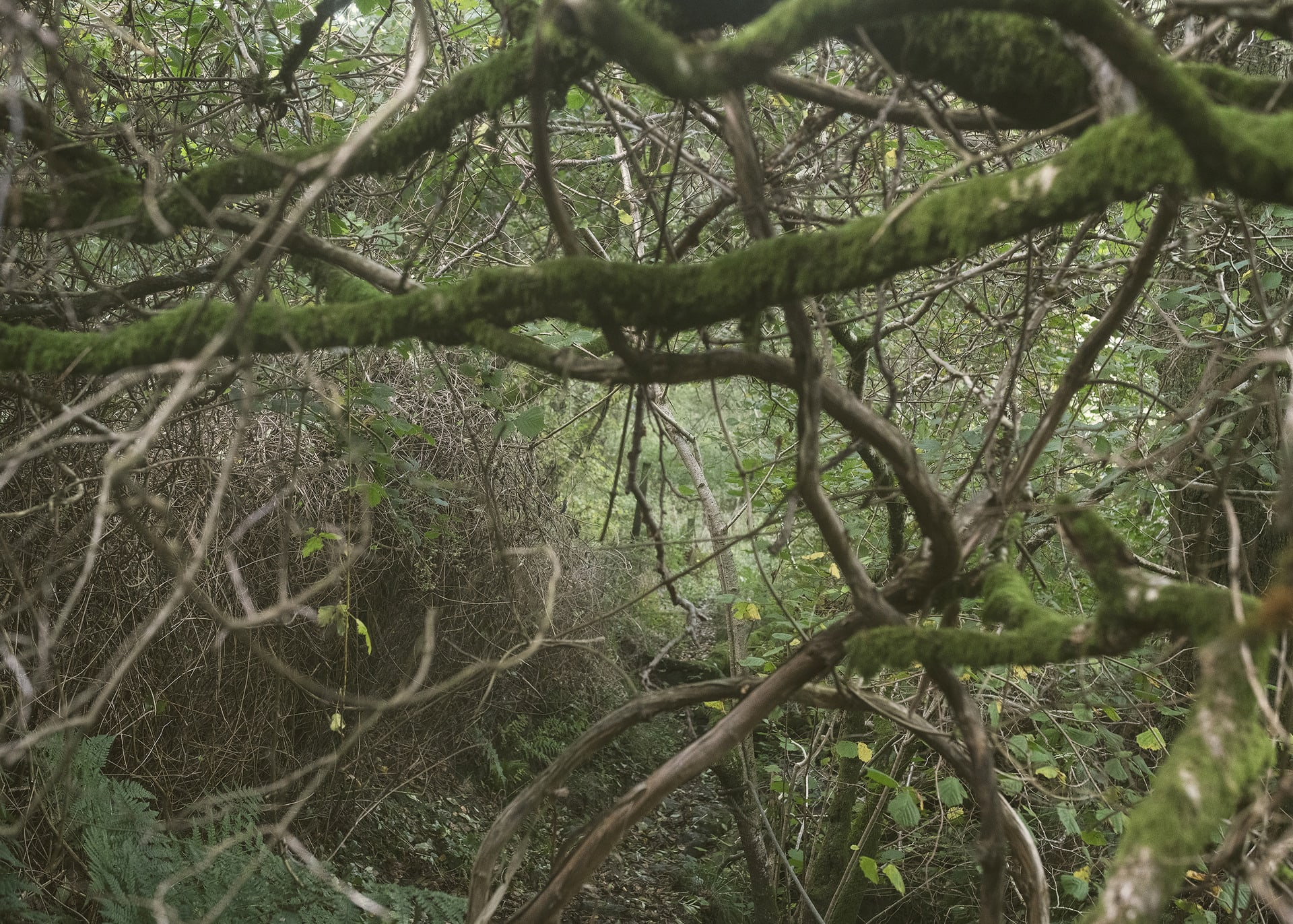Natalia is a photographer based in UK with a keen interest in portraiture and documentary photography. Born in Poland and currently living in London. In her images, Natalia tries to find a fine balance between the intimacy of a snapshot and the dignified, staged formality of portrait painting. She aims to create images that are reliant on emotion and narrative. People are always the main subject of her work. Literature, arts, and film continue to be key influences on her work.
Natalia Krezel


In my recent project "Fairy Hills" I explore the desire to disappear. I met individuals who crave an escape from both their lives and civilisation itself, people that reconnect with nature and the places where they seek refuge.
In the woods and mountains, people find contemplation and solitude. In a landscape, forests people try not only to escape from their routines but from themselves. In the project "Fairy Hills' I was exploring the human fascination with running away from the world around them. At the same time, I was searching for sanctuary and peace in the wilderness. During working on my recent series “Fairy Hills”, I travelled around Scotland looking for people living a different way of life. The romantic idea of escape to nature was very often confronted by men surrounded by their belongings. The places are left nameless, allowing them to become symbolic of a far wider area. The people I portray in this project and their rural locations could be anywhere and could be anyone in the world. Is this escape still a dream and fantasy?








